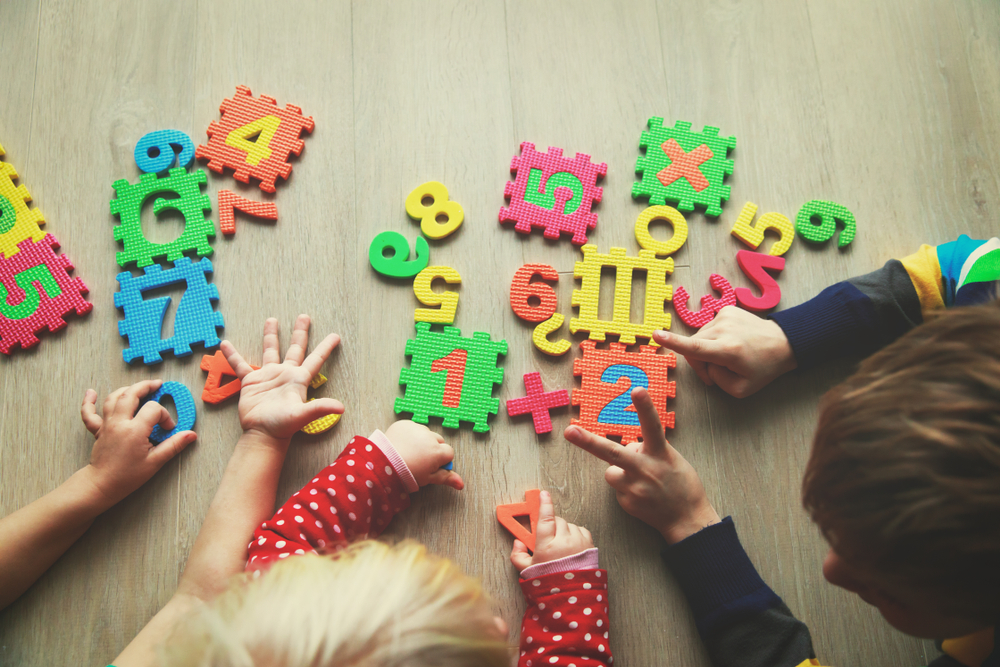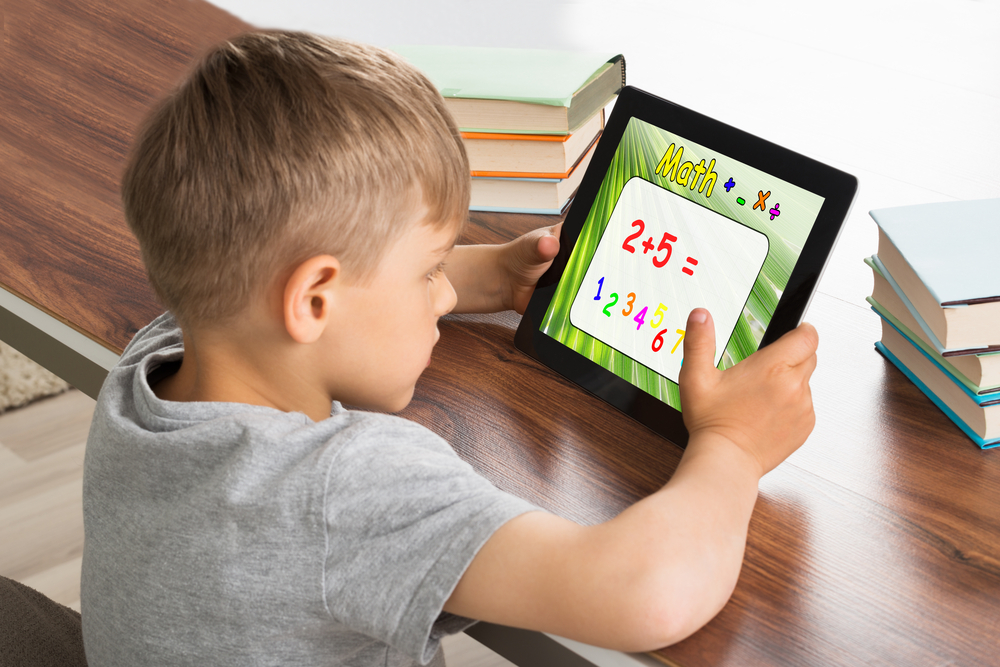Identifying patterns Addition Worksheets for Ages 3-7
3 filtered results
-
From - To
Unlock your child's potential with our "Identifying Patterns Addition Worksheets for Ages 3-7"! Tailored to young mathematicians, these engaging worksheets seamlessly combine fun with learning. Each activity helps children understand and identify patterns, while strengthening foundational addition skills. Designed by educational experts, our worksheets foster critical thinking, problem-solving, and fine motor skills through playful exercises. Perfect for both classroom and home use, our resources make math exciting and accessible. Watch your child build confidence and a love for numbers with our carefully crafted worksheets. Try them today and discover a world where learning and fun come together seamlessly!
Identifying patterns, especially in addition, is crucial for children aged 3-7 as it forms the foundation for their mathematical development and critical thinking skills. At this age, children are at a pivotal stage of cognitive development where they start to understand and interpret the world around them. Recognizing addition patterns helps them grasp the concept of numbers and their relationships, which is essential for their future arithmetic skills.
Patterns make math more approachable and enjoyable for young learners. When children see that adding 1 to any number creates the next number in a sequence, or that adding 2 results in an every-other-number progression, they begin to internalize the consistency and predictability of numbers. This understanding fosters confidence and reduces math anxiety, making them more eager to engage with math in the future.
Teachers and parents who emphasize pattern recognition in addition promote logical thinking. It enhances children's ability to predict outcomes, solve problems, and recognize relationships between numbers, which are key skills in all areas of learning. Moreover, it supports their overall cognitive development by boosting memory and concentration.
In sum, focusing on addition patterns prepares children not just for more complex math, but for academic and life-long problem-solving skills, making it a valuable element of early education.

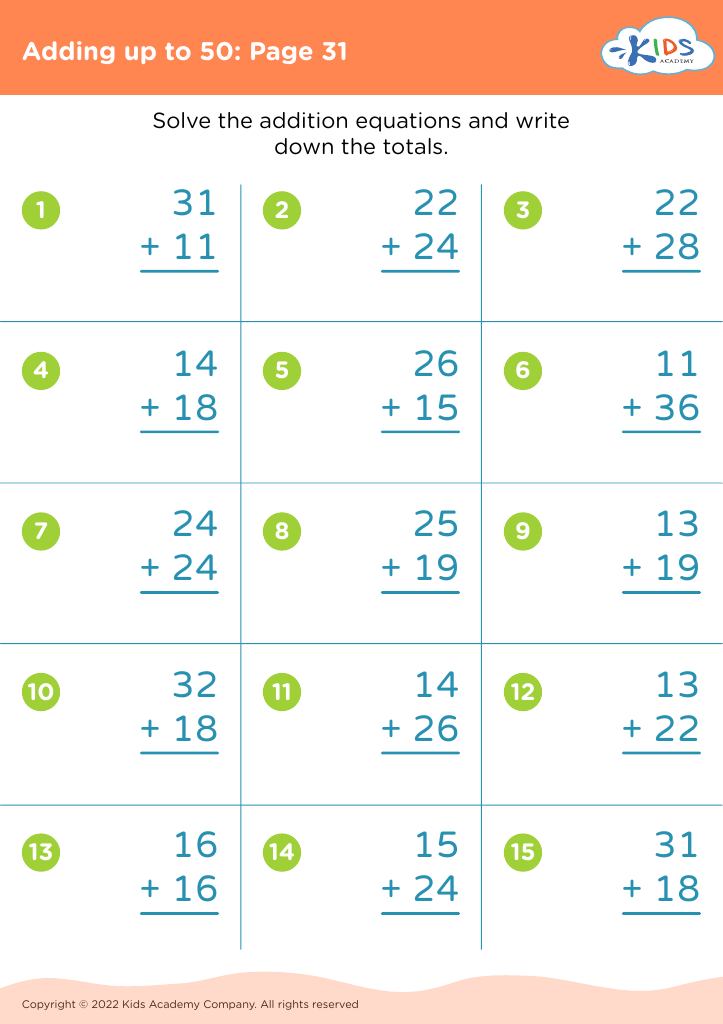
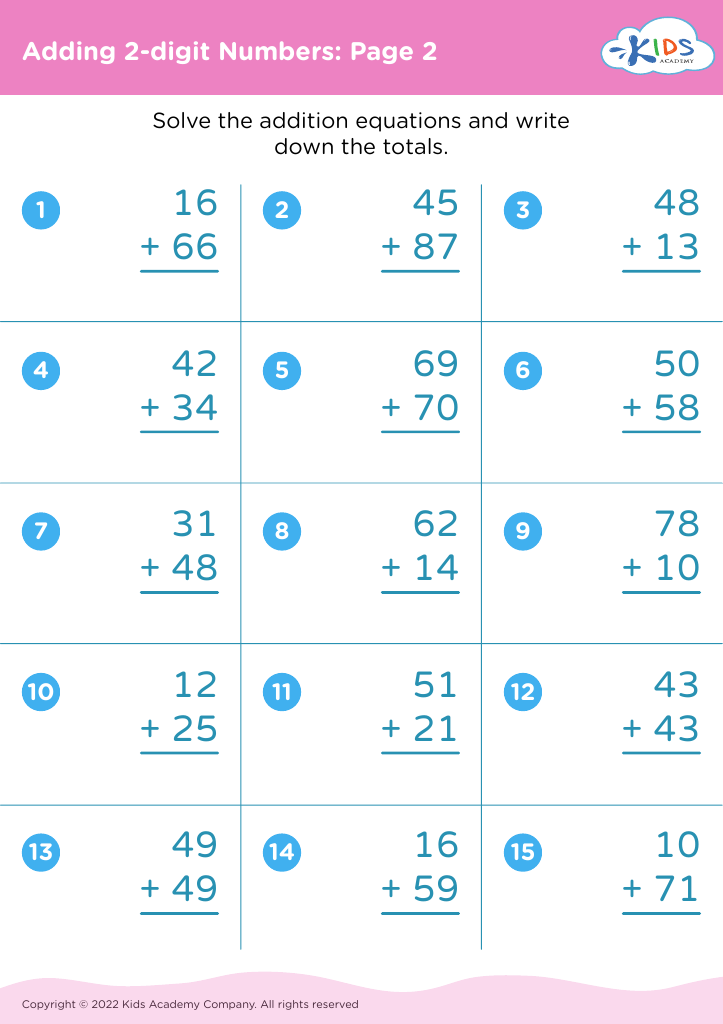
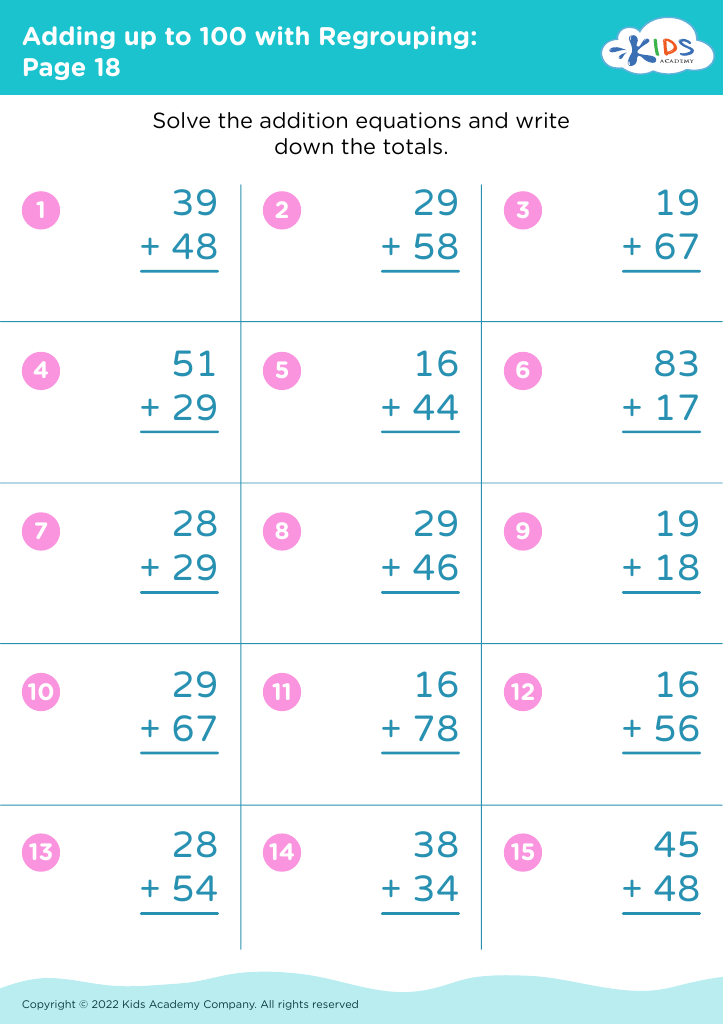



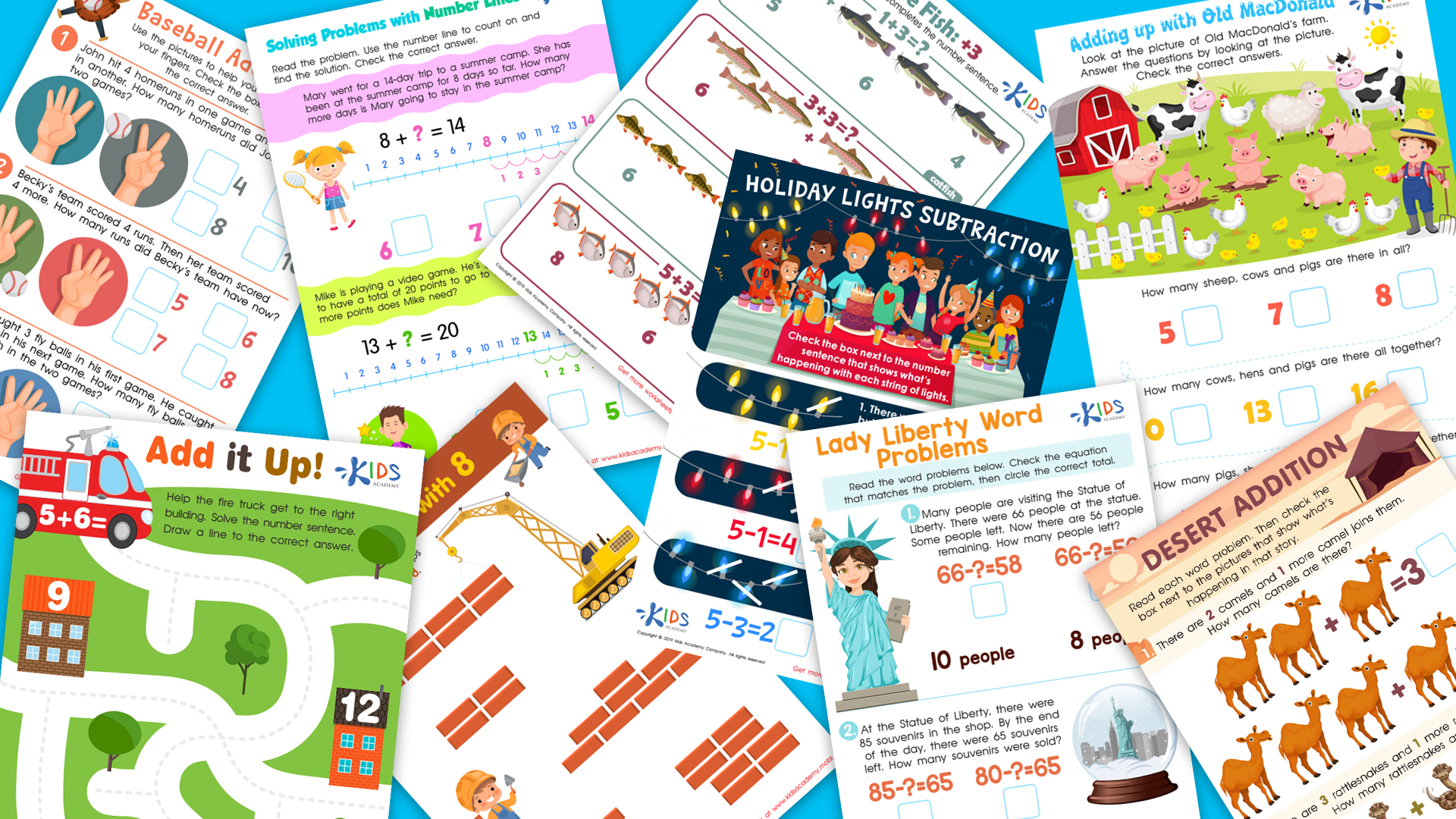
.jpg)

